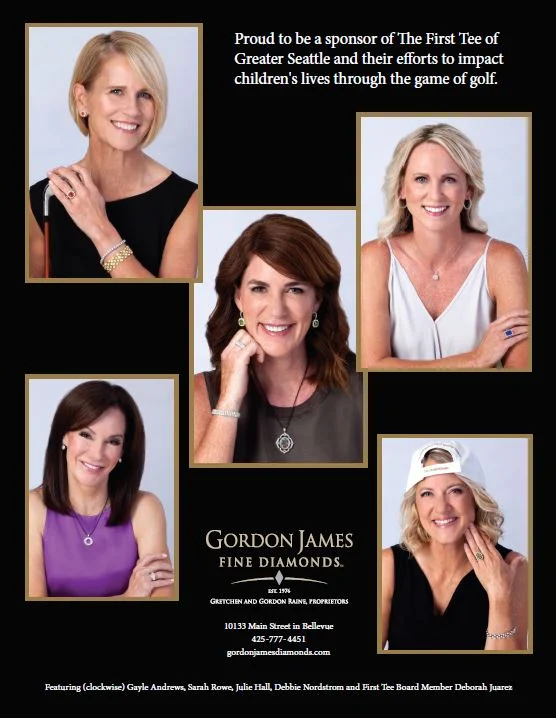Diamond Misconceptions
/April showers may bring us May flowers, but it’s also blessed to have diamond as its gemstone. Ruby’s Sanskrit name of “ratnaraj” may loosely translate to mean “king of precious stones” and as a July man myself I’m not going to argue, but if ruby is king that makes diamond god. This post began as a bit of a listicle of my favorite diamond facts. As I Googled for funsies/research, I discovered there’s a lot of bad information out there. So instead of my favorite facts, I’m going to dispel the most offensive misinformation.
1) Diamonds are the hardest natural substance. This is true. What gets lost in the translation is how strong they are. Part of that is because the Mohs hardness scale is an ordinal scale; it’s not exponential but it’s kind of close… kind of. By some measurements, diamonds are 4 times harder than sapphires (10 and 9 on the Mohs hardness scale), by other measurements diamonds are 58 times stronger. Note: harder and stronger are two, somewhat arbitrary, units of measurements. Think of it this way, diamonds are Superman and sapphires are the Hulk. Both are super strong, but Superman is stronger, how much is difficult to ascertain; this would be true even without the DC/Marvel impossibility of this question.
2) This comic/screencap:
This day and age it’s impossible to know what people believe. Maybe people think this actually works and is how synthetic diamonds are grown. It’s not; it’s not 100% wrong, but it mainly is. Still a cool image, I don’t know why every Superman movie doesn’t have this scene in it, if just to explain how a reporter that is working at most 10 hours a week (remember he’s a superhero in a crime ridden city) can afford such a nice apartment in downtown New York Metropolis/a giant Ice Castle.
3) This one bugged me. “D, E and F are colourless diamonds. Since there is no colour found in them, there is no difference in colour. The only difference in these diamonds is the transparency. D is more transparent that E, E is more transparent than F.”
That is simply not true. There’s not really a relationship between transparency and color (insofar as diamonds go). If by definition D is the only colorless diamond, E and F color stones can’t be as well. E and F are in the colorless tier (by GIA standards) but they still have slight traces of color miniscule may they be. Batman might be in the same leadership tier in the Justice League, but without some Kryptonite infused weaponry, the coup against Superman is going to fail. There can be only one.
4) We bring this one up a lot in person; stones with identical certificates, same color, same clarity, same cut grades, do NOT always look the same. This is where shopping locally at independent stores can be so helpful. We live in an age of information being relatively available, but come on, do you really think it’s likely you can pick up as much knowledge as say, somebody that’s been looking and grading diamonds for 40 years opposed to 40 minutes of google research? Of course not. That’s where the expertise comes in. A good jeweler isn’t looking to milk you dry after one sale; the relationship should be more advisory and long-term. That’s service you can’t find online or say at certain membership wholesalers. Factoring in the advice, actual expertise, and long term commitment/maintenance, I don’t see how the argument for superior value found online exists.
5) The last major misconception is that diamonds are sold at a huge markup. At some point this was probably true, especially before the modern pipeline and cutting techniques. The truth, as in most industries, the internet vastly changed the diamond selling market. Costco and online middle men have undoubtedly lowered prices and margins, which is undeniably a benefit for the modern consumer. This misconception, coupled with the fact that every diamond is unique, has in a way lead to dangerous levels of confidence. Truth is, every diamond is unique, as I mentioned earlier; this is why you need the expertise of an actual jeweler. Especially for engagement rings, odds are outside of a car; this is going to be your biggest purchase to date, why wouldn’t you want an expert’s opinion? If it were as simple as lining up crown angles to the respective table percentage and making sure the pavilion angle is complimentary, everybody would do it. It’s more complicated than that, there’s an art to the science. We may not paint with paints over here (Gretchen excluded), but damn if we can’t put together a masterpiece with natures truest colors.


